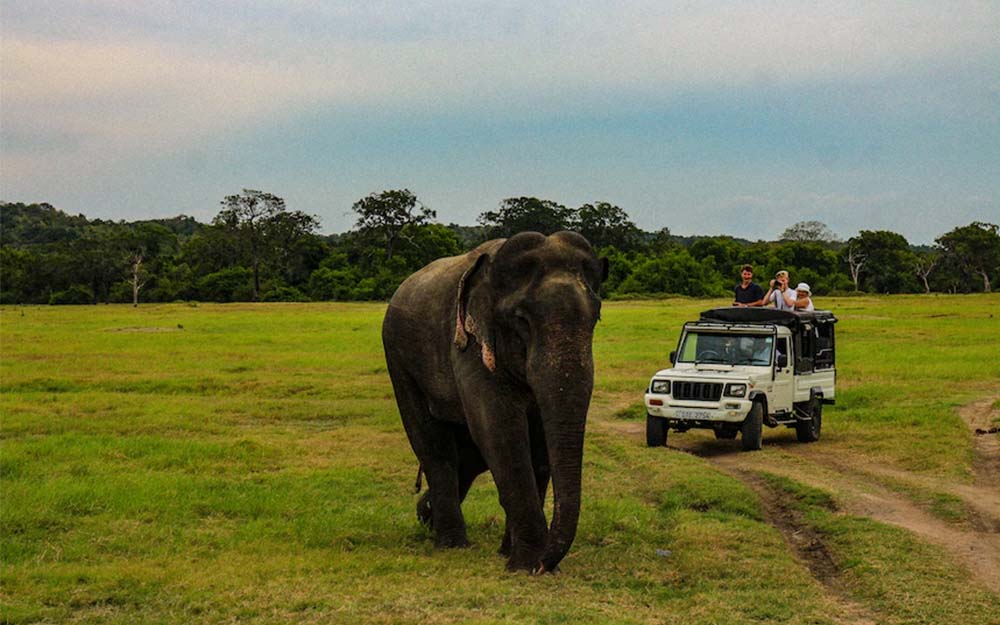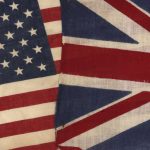Ever since evolution, man has had a tendency to travel. The biological structure of the human – straight body, free arms, eyes located on both sides of the face, movable thumb, and many other biological features – have gifted him further advantages that made him travel for many needs. Food was the most common reason for travel, but it was also due to many other needs such as safety from enemies, moving away from the busy town environment, expanding habitats, and barter-trade (Silva & Wijekumara, 2015).
In ancient Sri Lanka, “Ambalama” was a popular place for resting for people who travel or a place of accommodation to spend the night, and “Pinthaliya” was a large waterpot kept by the road to quench the thirst. The meaning of term “Nade Guru” is the leader or the chief of a group of travelers. This is evidence of traveling being a common activity in Sri Lankan society since ancient times.
Sri Lanka has also been a destination for foreign travelers who travel into the country for various purposes like migration, invasion, marriage, trade, and naval activities, as a result of which diplomatic relations were strengthened between Sri Lanka and other countries. The records of travelers provide primary evidence of these international relationships.
Sri Lanka was also a tourist hotspot during the colonial periods, during which cruise ships, freight ships, and other vessels from both western and eastern regions arrived in Colombo. Passengers of these ships traveled to Colombo and Kandy for sightseeing and as a result, in 1937, the Government established a Tourism Bureau, in order to facilitate such sightseeing interest of the passengers off-board. Records of the Sri Lanka Tourism Development Authority 2011 report approximately 100,000 to 200,000 approximate tourist arrivals during the late colonial periods. However, World War I, which commenced in 1940, crippled the activities of the tourism bureau, until it was reestablished in 1948 after its independence under the State Ministry of Trade.
Accommodation is an essential element in promoting tourism, and the luxury houses of the colonial rulers were later turned into prime hotels for this purpose; Galleface Hotel, Mt. Lavinia Hotel, Grand Oriental Hotel in the Colombo area, Grand Hotel Kandy, St. Andrew’s Hotel in Nuwara Eliya, New Oriental Hotel in Galle are some of the examples. All these accommodations are centered on tourist attractions and hotspots centered in and around Ella, Belihuloya, Puwwallawa, Horton Plains, Polonnaruwa, Sigiriya, Dambulla, Thisawewa, Kandy Lake, Kithulgala, Bentota, Thissamaharamaya, and many other areas. Promoting tourism was strengthened by the open economy promoted from 1948 to 1956. Tourism receipts during the period between 1948 and 1953 doubled from 1.04 million sterling pounds to 2.23 billion sterling pounds (Fernando, 2017). The closed economy from 1956 to 1965 once again affected tourism and with the partial deviation that took place from 1965 to 1970 new strategies were adopted to promote tourism in Sri Lanka. At this juncture, the first 10-year action plan was introduced. Moreover, the passing of the Ceylon Hotel Corporation Act No. 14 of 1966 revolutionized the hotel and accommodation standards, and this was followed by the Tourism Development Act No. 14 of 1968, which supported the hotels and infrastructure required for tourism in Sri Lanka. between 1970-1977, once again the closed economy made a negative impact on tourism and most of the investments dropped. Eventually, required steps were taken and tourism could be reestablished (Fernando et.al., 2013).
The open economy from 1977 to 1966 was a blessing for the development of tourism in the country and most Europeans visited Sri Lanka during this period (Handaragama, 2005). The 10-year action plan was introduced for the second time in 1992, and the peace agreements between the LTTE and the Sri Lankan government helped improve European tourist arrivals in Sri Lanka (Fernando, 2017). In 2003, the tourist arrivals were recorded as 500,642 (Handaragama, 2005). The tourism Act was introduced in 2005 and in the third 10-year plan in 2008, the government joined hands with the private sector to promote tourism in Sri Lanka. After the end of the civil war in the country in 2009, massive growth in tourism could be observed in Sri Lanka (Fernando, 2017). Lonely Planet, one of the most popular tour guides in the world included Sri Lanka in the list of top 10 countries to travel, to base on its beaches, elephants and whale watching, forests and sanctuaries, surfing, historical monuments, culture, tea cultures, cuisine, cheap train rides and hospitality of the people; Sri Lanka, for a long time, has held the reputation for being a “sun, sand and sea” holiday destination.
Mr.Charith Mudalige
Lecturer (Probationary)
Department of Pali and Buddhist studies
References
Fernando, S., Bandara, J. S., Smith, C. (2013), Regaining Missed Opportunies, The Vole of Tourism in post war Development in Sri Lanka. ASia Pacific Journal of Tourism Research, 18(7), 685- 711.
Silva, D.A.C., Wijekumara,A.(2015).Sancharaka salasumkaranaya, salasumkarana sankalpa pravesha ha Krama Shilpa,S.Godage sahodarayo.






